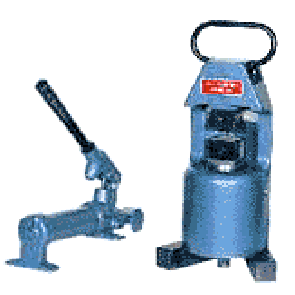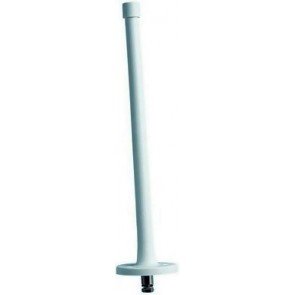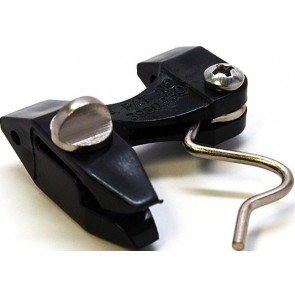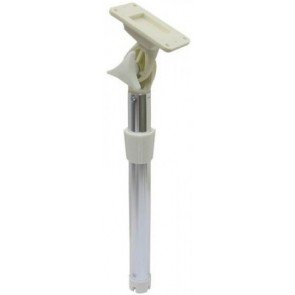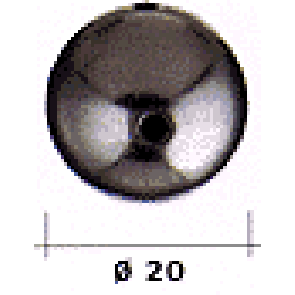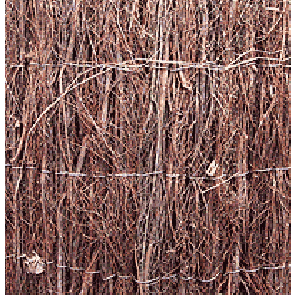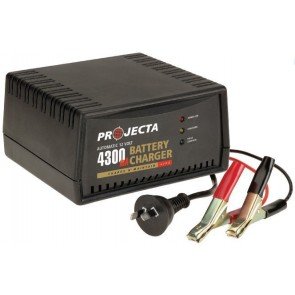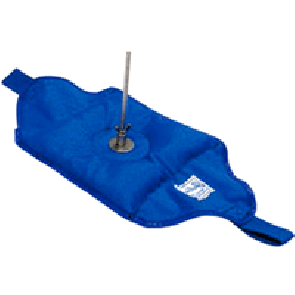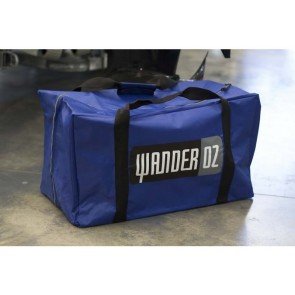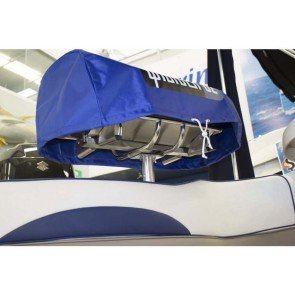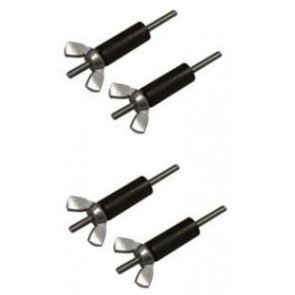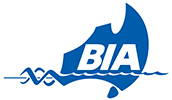Reverse Osmosis
The filtration process of Reverse Osmosis, separates individual water molecules from an undrinkable water source, such as seawater.
This method removes large molecules and ions from solutions using high pressure to force individual water molecules through the reverse osmosis membrane, while flushing salts, minerals, viruses, bacteria or any other contaminants down the drain.
The solute remains on the pressurised side of the membrane, which is approximately the thickness of cellophane, while the pure solvent passes through to the other side. This system removes all impurities and particles larger than .001 microns, as shown in the second diagram on the right.
Some common components of a reverse osmosis system include the cold water Line valve which is the water source for the reverse osmosis system, the pre-filter which may remove sand, silt, dirt and other sediment which could cause damage to the delicate membrane, the reverse osmosis membrane which comes in either cellulose tri-acetate, which is chlorine tolerant, or thin film composite/material, which is not chlorine tolerant. The post filter then removes any remaining taste and odors which were not already removed throughout the process.
An automatic shut off valve is also included, ensuring that once the storage tank is full, no more water is able to be let through. A check valve is included to ensure no water is let back through the filter, while a drain Line is also a standard feature, allowing all impurities to be released back out of the system.
A properly designed reverse osmosis system can provide safe and pure drinking water from seawater or contaminated brackish sources, for your house, Boat or any other water needs.
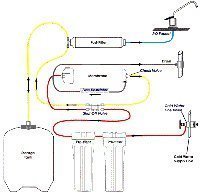
Reverse Osmosis process

Reverse Osmosis Scale
-
BLA Washdown Pump Kit - 5GPM - 12V
RRP: $299.90
NOW: $256.00
-
Plastic Net Needles - Bone H Style
From: $11.50
-
Stress Free Trailer Boat Winch Option - Wireless Remote Control
$475.20 -
18 Ton Press
$88.00 -
LED Handheld Flashlight Lamp
$9.90 -
Hookem Live Bait Kit - LBT/ KIT-6
$74.50 -
Antenna AM/FM Glomex - 12-24vDC - 0.30m (3m Cable)
$76.00 -
Yamashita Squid Spike Straightener
$15.10 -
Release Clips for Outrigger - 2 piece
$31.00 -
Adjustable Universal Leg RH111
$24.20 -
Ball - Deco
$10.65 -
Screen - Birch
$51.70 -
Projecta Smart Battery Charger
$105.05 -
Flexible Mount - no sand
$50.00 -
Nally Fish Bin Crates with Cut Out Handles
$162.00 -
Bayonet Bulbs - Parallel Pins
From: RRP $2.90
$2.60
-
Penguin Silicone Junior Mask
$24.20 -
Wander Oz BBQ Carry Bag
$30.00 -
Wander Oz BBQ Weatherproof Cover
$19.95 -
Lowrance Elite 4 HDI Flush Mount Kit
$32.00




